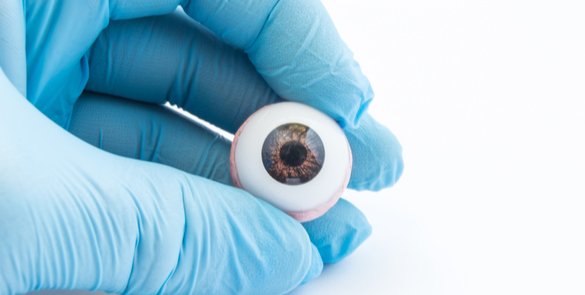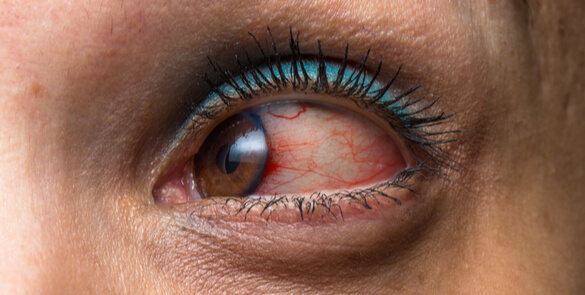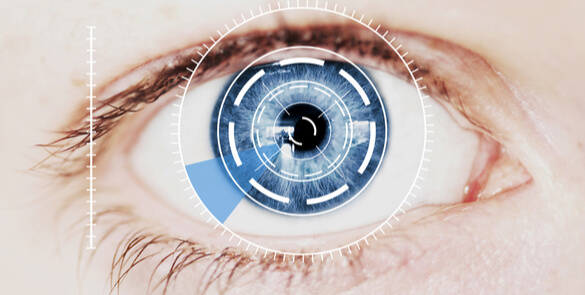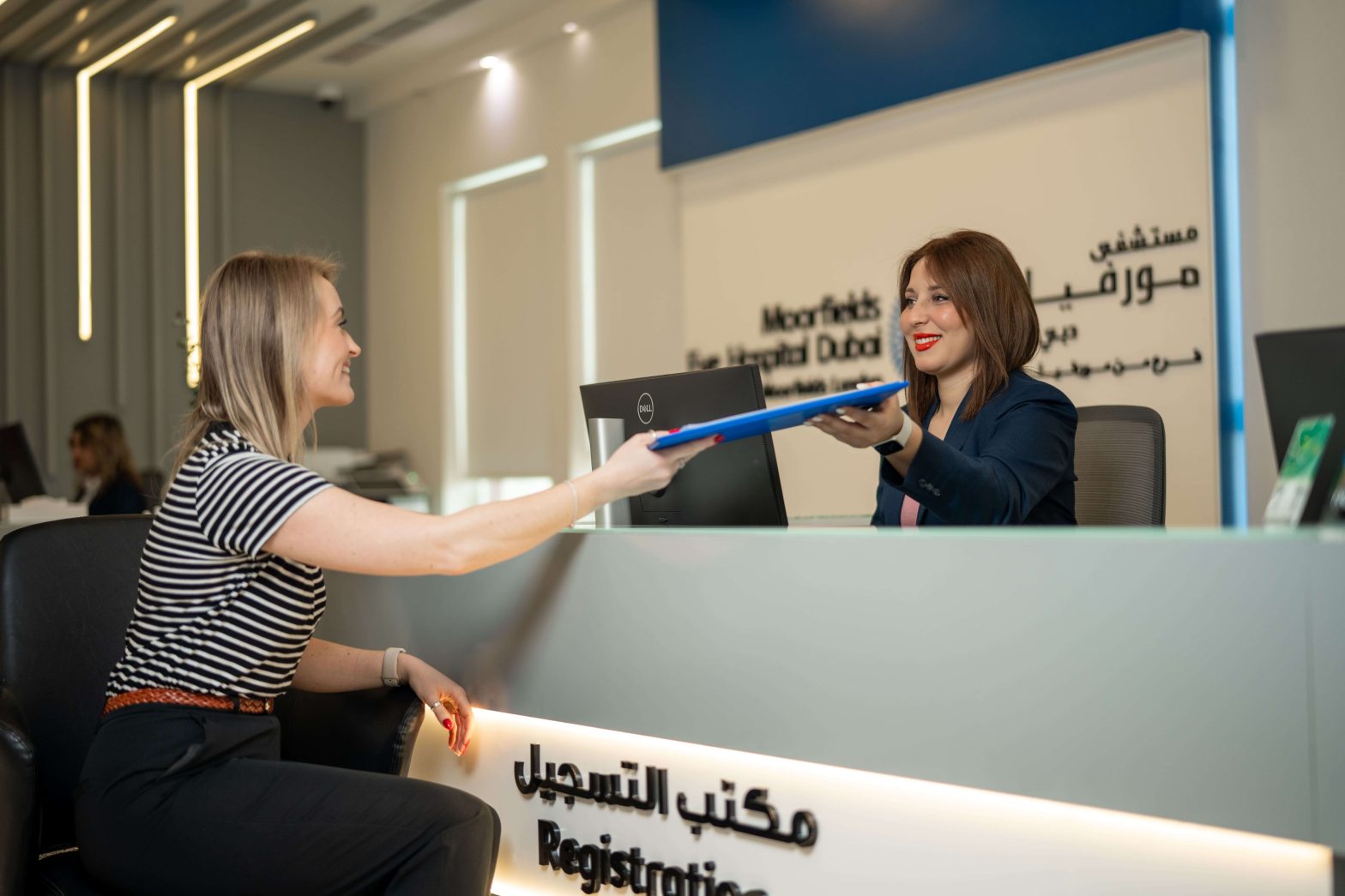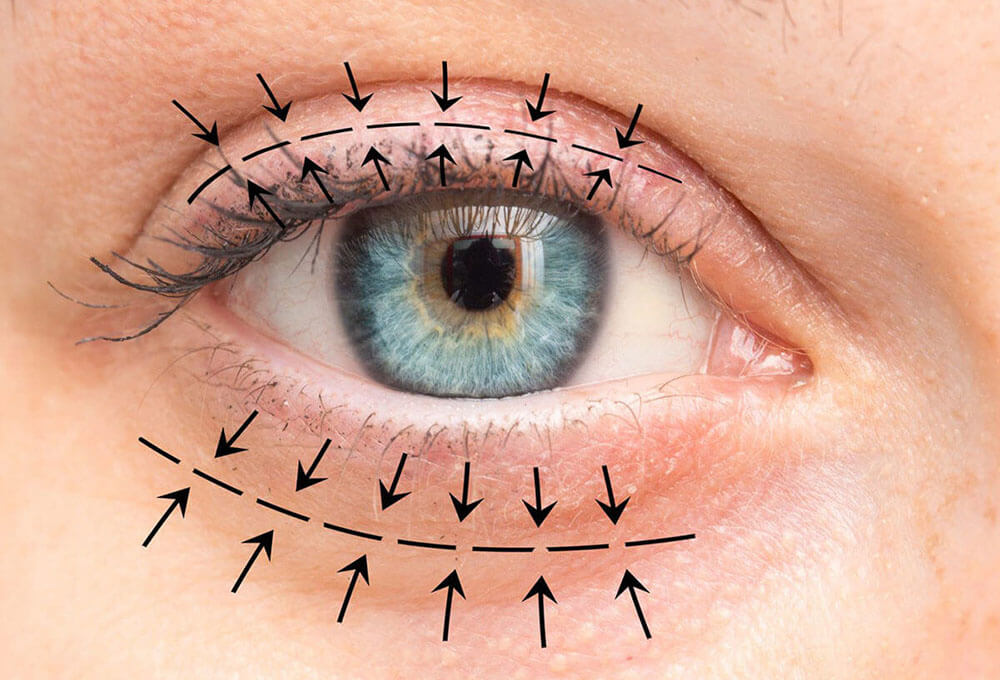Enucleation operation is necessary to treat eye cancer whereas Evisceration operation is necessary to treat an eye when it has been damaged through an accident. An enucleation operation is where the eye ball is removed. Evisceration operation is where the inside contents of the eye are removed, leaving the outer shell and the muscles intact.… Continue reading Artificial Eye
Uveitis
Uveitis is inflammation inside the eye and affects women, men and children. Though relatively uncommon, it can be serious with complications that can cause loss of vision. It is estimated that the more serious types of uveitis are responsible for 1 in every 10 cases of visual impairment. This means that early diagnosis and treatment… Continue reading Uveitis
Retina
The retina is a thin layer of tissue that lines the back of the inside of the eye, located near the optic nerve. The role of the retina is to change the light focused on to it by the eye’s lens into a signal that the brain can then ‘see’ as a visual image. Thanks… Continue reading Retina
Itchy Eyes
What does it mean when your eyes are itchy? Usually, itchy eyes are the result of an allergy although there are other possible causes, depending on the symptoms. What are the causes? Itchy eyes are generally caused by an allergy – such as pollen, dust or animal dander. – that triggers a reaction in the… Continue reading Itchy Eyes
Moorfields Eye Hospital Dubai wins ‘International Eye Clinic of the Year’ at the 11th World Health Tourism Congress awards, 2016, in Dubai
20 October 2016 (Dubai, United Arab Emirates): Moorfields Eye Hospital Dubai (Moorfields), the first overseas branch of Moorfields Eye Hospital in London, was the winner of one of the top awards at the 11th World Health Tourism Congress (WHTC) 2016, presented at the gala awards ceremony held on October 5th at the InterContinental Dubai Festival City… Continue reading Moorfields Eye Hospital Dubai wins ‘International Eye Clinic of the Year’ at the 11th World Health Tourism Congress awards, 2016, in Dubai
Cosmetic Eye Surgery
There are around 250,000 blepharoplasty procedures done every year, making it the most common cosmetic surgery done on the eyelids, in the world But the results of the surgery can differ very broadly from one patient to the next. An important part of the preparation is an analysis by the surgeon of the ageing process… Continue reading Cosmetic Eye Surgery
Our collaboration with Al Jalila Children’s Specialty Hospital
[:en] Moorfields Eye Hospital Dubai is pleased to announce our newly formed collaboration with Al Jalila Children’s Specialty Hospital. A strong advocate of the right of every child to have a healthy and happy childhood, HH Sheikh Mohammed Bin Rashid Al Maktoum, Vice President and Prime Minister of the United Arab Emirates, and Ruler of… Continue reading Our collaboration with Al Jalila Children’s Specialty Hospital
Our collaboration with Al Jalila Children’s Specialty Hospital
[:en] Moorfields Eye Hospital Dubai is pleased to announce our newly formed collaboration with Al Jalila Children’s Specialty Hospital. A strong advocate of the right of every child to have a healthy and happy childhood, HH Sheikh Mohammed Bin Rashid Al Maktoum, Vice President and Prime Minister of the United Arab Emirates, and Ruler of… Continue reading Our collaboration with Al Jalila Children’s Specialty Hospital
This World Sight Day – free yourself from wearing glasses and contact lenses with a quick and effective procedure
[:en] With more choices available, patients must choose their laser eye correction procedure carefully, advises Moorfields expert in the UAE 13th October 2016 (Abu Dhabi, United Arab Emirates):LASIK is a quick, safe, painless and effective surgical procedure to correct vision and is one of the most common surgeries, used to treat patients with near sightedness,… Continue reading This World Sight Day – free yourself from wearing glasses and contact lenses with a quick and effective procedure
Art for sight’s sake
[:en] Moorfields launches unique Sense of Sight competition challenging UAE artists to celebrate the gift sight, in 3D 80% of vision related problems are manageable through early detection 3 October 2016 (Dubai, United Arab Emirates): To mark World Sight Day 2016 in October, Moorfields Eye Hospital Dubai and Moorfields Eye Hospital Centre Abu Dhabi have… Continue reading Art for sight’s sake
Laser Eye Surgery
Moorfields Eye Hospital Dubai provides refractive laser eye surgery with all the latest techniques and is a referral centre for complications. Refraction When the focusing power of the eye does not allow you to see clearly, there is a refractive error. Laser surgery, or laser refractive surgery is quick and life changing. Common conditions treated… Continue reading Laser Eye Surgery
Lasik
LASIK (laser in situ keratomileusis) is a common vision correction surgical procedure that reshapes the cornea and is used to treat patients with near-sightedness, short-sightedness, farsightedness and astigmatism. The latest laser vision correction technology is now available in Dubai / UAE. To make the right choice about refractive surgery, talk to your eye doctor –… Continue reading Lasik
